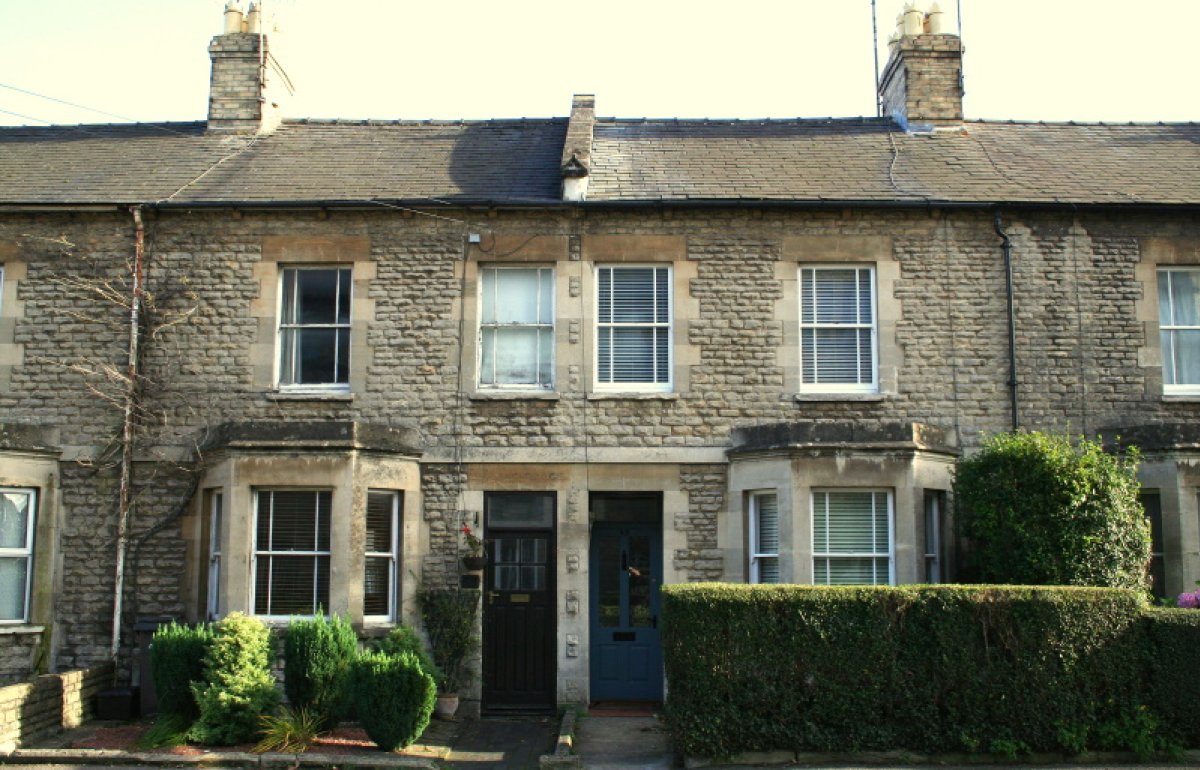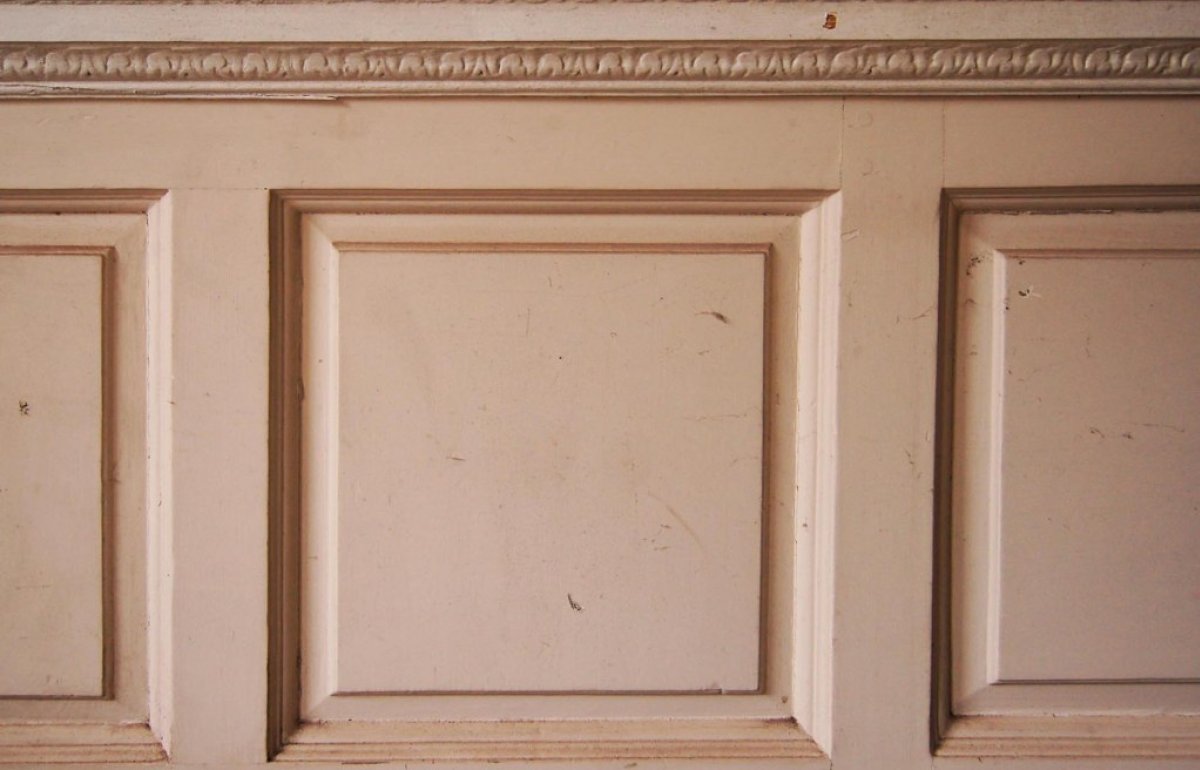Roof maintenance
Lack of maintenance is a key reason why old buildings deteriorate. Maintenance essentially means preventing rainwater getting in where it can cause harm. Water is potentially most likely to enter through the roof, so putting right minor problems here before they worsen can avert the need for more extensive repair.
What maintenance might a slate or tiled roof require?
Check your roof twice-yearly. Reinstate slipped or missing slates or tiles, and replace broken ones before roof timbers or plaster ceilings are harmed. True slates can be refixed with copper wire (‘tingles’), but heavier stone slates must be nailed or pegged. Isolated tiles are re-secured by hooking the pegs or nibs over the battens or laths.
Junctions in roofs are potential trouble spots. Ridge and hip tiles may work loose, needing rebedding in a lime mortar, and lead flashings and mortar fillets at chimneys etc should be inspected for early signs of deterioration. In the loft, look for water staining and other evidence of leaks, remembering that this may be some distance from the point of entry. Be aware that some unscrupulous contractors rely on roofing underlay to compensate for bad workmanship. Ensure that loft insulation does not block eaves ventilation, promoting damp and timber decay.
Are bitumenised treatments or spray-on foams a good idea?
No, experience shows bitumen-coated fabric on the outside of roofs or spray-on coatings underneath can be a false economy, and cases have been reported of serious damage resulting to the structure. Such treatments prevent proper inspection, hinder the reuse of slates or tiles and, by reducing ventilation, increase the risk of timber decay.
How are lead flashings and mortar fillets kept sound?
Mortar fillets with cracks should be repointed or, if cracking is extensive, re-formed. Normally a soft lime mortar should be used, not cement. There should be a presumption in favour of the retention of mortar fillets and other locally traditional details, rather than their replacement with lead.
Where lead or other metal flashings exist and are split or holed, replacement may be necessary using a short length of matching material. Vertical splits, though, can be repaired by covering them with a small section of new matching flashing, wedged and pointed above the original.
Repaired roof with metal straps and new timber
How do I maintain a thatch roof?
Good thatch should not require regular maintenance, but it is important to report any concerns to your thatcher promptly. Re-ridging will be required several times during the life of the thatch. With long straw, there is also a tradition of undertaking localised repairs to the main coat, where differential decay (for example, caused by rainwater erosion in valleys) or rodent damage has occurred, and this can extend its life considerably. Keep lofts draught-free and clear of old thatch and other combustible material. Sweep chimneys in use twice a year and carefully monitor the condition of the stack, especially in the roof space.
What maintenance might a metal roof need?
Where lead sheeting still has some life left, holes and splits are best made good with lead-welded patches, not solder, but fire safety must be remembered. Proprietary adhesive tape is available for temporary repairs. Where individual sheets have reached the end of their useful life, they will require replacing.
Copper, stainless steel and aluminium roofs are light and consequently susceptible to wind damage. Sheets should be refixed immediately, otherwise flexing (‘drumming’) can necessitate total replacement. Other minor defects (such as holes) may be addressed by covering with patches of matching material.
What does shingle roof maintenance involve?
Timber shingles can split, detach, decompose or suffer woodpecker attack. Inspect shingled roofs, both inside and out, and reinstate loose or decayed shingles before moisture penetration causes more extensive problems. Use nails made of copper (for pre-drilled shingles) or stainless steel (without pre-drilling). Zinc strips can be inserted behind courses of shingles where woodpecker damage is a risk.
Should I remove moss from my roof?
Excessive moss is often undesirable on roofs. Moisture retention may cause damage to roof coverings, and acidic rainwater run-off to gutters or roofs below can corrode certain metals. A seasonal brushing down should help control the build-up. Sometimes copper strip growth inhibitors are fitted at every ten courses of slates or tiles, remaining effective for 30-40 years. Alternatively, sacrificial lead flashings can be provided at drip-off points.
Keep your roof moss-free. Horsham roof slabs.
English Heritage (2013) Roofing, Practical Building Conservation, Farnham: Ashgate Publishing Ltd
Harrison, R (2017) Peg Tiles in South-East England, SPAB Regional Advice Note, London: SPAB
Hughes, T (2017) Slating in South-West England, SPAB Technical Advice Note, London: Society for the Protection of Ancient Buildings




